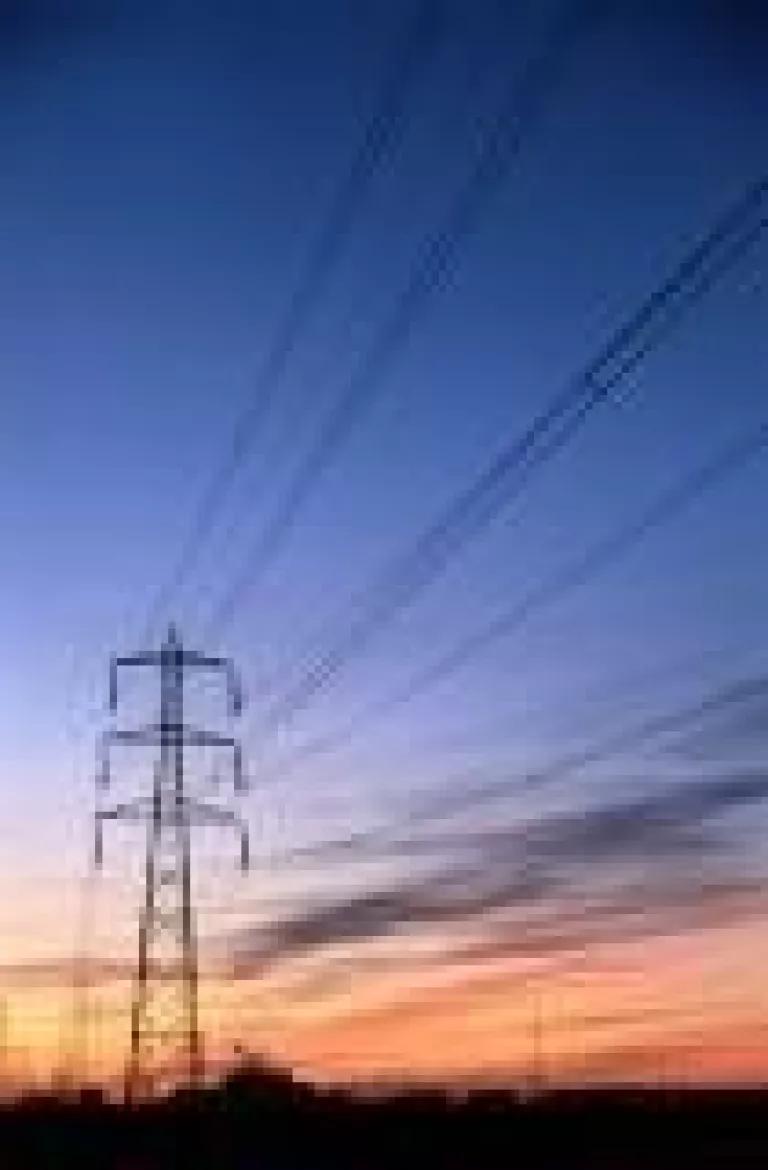Demand Response: Don't Worry, the Government Isn't Going to Take Control of Your Dishwasher

I wrote this blog with my colleague John Moore.
When the Environmental Protection Agency announced its Clean Power Plan last week to cut carbon pollution from existing power plants, some critics were quick to slap the false label of “energy rationing” on suggestions that states help achieve their pollution reduction targets through what’s known as “demand response.”
Demand response is the simple idea that companies and individuals can volunteer to use electricity when it’s cheapest. It helps decrease overall electricity demand during “peak periods” that otherwise would require operation of the most inefficient (and often dirtiest) power plants. But opponents of the EPA standards are trying to make it sound like the government is coming to take control of your air conditioners and dishwashers.
But this drastic claim shows how little opponents of the Clean Power Plan understand about demand response. They seem to miss that demand response means customers VOLUNTARILY joining a program in which they agree to temporarily alter their electricity use – AND GET PAID FOR IT – when their utility or another demand response provider asks them to cut back. No one – not a faceless grid operator or a federal bureaucrat – is going to ask or force anyone to stop using electricity against their will.
In other words, it’s Walmart turning the air conditioner one or two degrees higher on a hot day, or you or I agreeing not to run our pool pumps or washing machines between the hours of 4 p.m. and 6 p.m. during the week if we’re asked. That means we can help cut pollution – and receive financial compensation for it, too.

Demand response programs allow industrial, commercial, and residential customers to volunteer, in advance, to reduce their electricity use for a limited period of time when asked to do so by the grid operator. Customers get paid for their reductions (the same amount that power plants get for providing an equivalent amount of power), keeping money in their pockets to spend on other things.
And the rest of the electricity system profits, too, because when these demand response “resources” are used, the risk of brownouts – and blackouts – during peak electricity use decreases, contributing to reliability of service for everyone.
Demand response is different from lowering the thermostat and putting on a sweater on a cold winter day. Instead, demand response involves an agreement in advance and comes with a payment separate from – and in addition to – the traditional savings from conserving energy. For a more detailed description of how demand response works, check out my Environmental Defense Fund colleague Cheryl Roberto’s blog.
How does demand response reduce pollution?
While it might seem like avoiding the use of your dishwasher during certain times of day really can’t make a difference, individual customer actions across cities and beyond can quickly add up to big energy savings and less carbon pollution during peak energy demand periods.
How? It has to do with how electric power is generated. Not all power plants are used all the time; in fact, some plants only run a handful of times each year, during periods of highest demand (think polar vortex temperatures or the hottest day in the summer). The oldest, least efficient and often dirtiest plants are also the most expensive to run, and so only ramp up during highest demand periods. Demand response functions to shift demand over time, avoiding the height of peak periods and ensuring that the most expensive, dirtiest plants that spew the most carbon pollution run less, or not at all.
Is demand response reliable?

Demand response is already used as a regular part of grid operations in several regions of the country. In the 13-state Mid-Atlantic grid region called PJM, demand response resources played a critical role in maintaining reliability during hot summer days in July 2013 and an unexpected heat wave during September 2013. During the polar vortex when up to 30% of coal and gas-fired generators faltered and couldn’t perform due to the cold weather, demand response customers voluntarily provided critical “negawatts” of relief, helping to ensure reliability. In the cold Northeast grid region where extreme weather issues were particularly acute, the regional grid operator reported that demand response resources “performed well and were a valuable part of maintaining reliability during the winter season.” Further, “economic” demand response, where customers volunteer to reduce electricity use before peak demand periods are reached, is becoming a more integral part of grid reliability operations across the country.
So, what’s the downside?
There isn’t much of a downside. Demand response is a critically important resource driven by the best fuel of all – people! From big companies like Walmart to regular people like me and my neighbors, states should drive cost savings to customers by including robust demand response programs in their plans to reduce carbon pollution. But demand response also isn’t a silver bullet:
- Although the strong majority of demand response is the actual load reduction I’ve described, some demand response doesn’t qualify as carbon-free – in some cases, industrial, commercial and municipal customers agree to reduce their use of electricity from the grid but then use backup onsite diesel generators to produce their own power. And that’s seriously dirty. States and EPA need to ensure that only clean demand response qualifies as part of their carbon pollution reduction plans.
- A recent court decision by the U.S. D.C. Circuit Court of Appeals has thrown some uncertainty into the way that demand response users are paid in wholesale energy markets. We say a whole lot more about that here. The decision does not doom demand response, however, and plentiful revenue opportunities continue to exist for demand response programs. Therefore, states should not use the court decision as an excuse to avoid development of robust demand response resources as part of their carbon reduction plans.
So no one should be in fear that their appliances are in danger of confiscation by the government. But we can expect that the states most interested in protecting their customers will be offering up new or improved demand response programs as part of meeting carbon pollution reduction targets. Stay tuned.
Photo captions: Home Depot (dishwasher), William Sherman (air conditioner).
